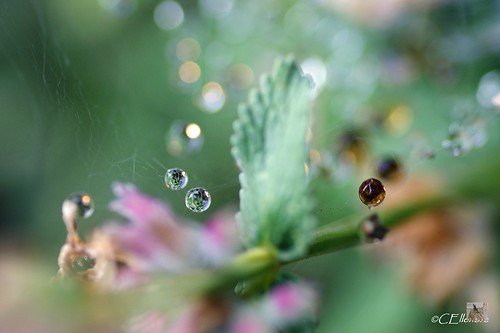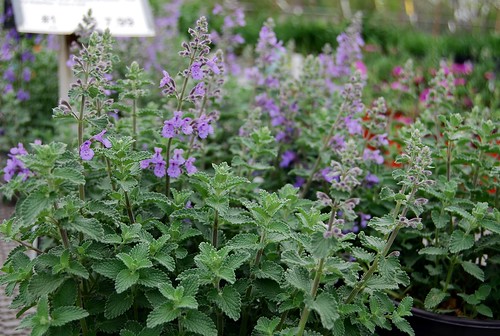Gardening allows us to express ourselves straight through plants and flowers. Your garden tells a lot about you. Neat and tidy pastel flowers give a separate impression than wildly mixed flowers. Following are tips for combining colors and textures to create an spicy garden.
 [b]Catmint[/b]
[b]Catmint[/b]
Color Combinations

Gardens look spicy because of the way the plants are mixed together. View your garden section by section to learn how each area flows into the next. Keep in mind that plants are generally forgiving if relocated to other section.
Certain color combinations are simply easy on the eyes. Examples of complimentary colors comprise orange and purple, yellow and blue, red and green. To create a color-themed garden, choose plants with similar colors. For a dramatic appearance, use a splash of burgundy, orange and purple flowers mixed with foliage, or variegated foliage with white, pale yellow and blue flowers. In shade, think separate shades of green.
If you live in an area that is prone to drought, try drought-adaptable pastels. An easy blend includes the gold variegated Iris pallida (Aurea Variegata), Yarrow (Moonshine), Catmint (Walker's Low), Helianthemum (Wisley Pink), Columbine (Denver Gold), Delphinium (Summer Skies) and Rose (Flower rug White). This is a fragrant seasonal mix requiring frequent watering at first but one which can be weaned to more of a droughty diet over time.
To create a bolder appearance, try Crocosmia (Lucifer), Dahlia (Bishop of Llandalf), orange Sneezeweed, purple Sedum (Atropurpureum), Whirled Loosestrife, textured Bronze Fennel, scarlet Helianthemum, Yarrow (Paprika), self-seeding Poppies mixed with airy Knautia macedonica. Soft blue, lime and silver contrasts well with this combination.
Textures
Add texture to your garden in a shady spot by combining lacy Lady Fern, Golden Sedge, rounded Red-Leaved Bergenia, darkly-variegated Foamflower, Hosta (Halcyon or Patriot) and delicate Golden Licorice plant. This textured combination will create a low tapestry of plants rather than a tall border.
A tip for the thrifty gardener: Buy mixed flats. Most nurseries offer mixed flats fluctuating from 10 to 32 plants per tray.
Always begin your gardening scheme by visualizing the way the plants and flowers will work together. Learning the art of plant combinations helps ensure that each season of color will look its best.
Gardening - Combining Colors and Textures
No comments:
Post a Comment